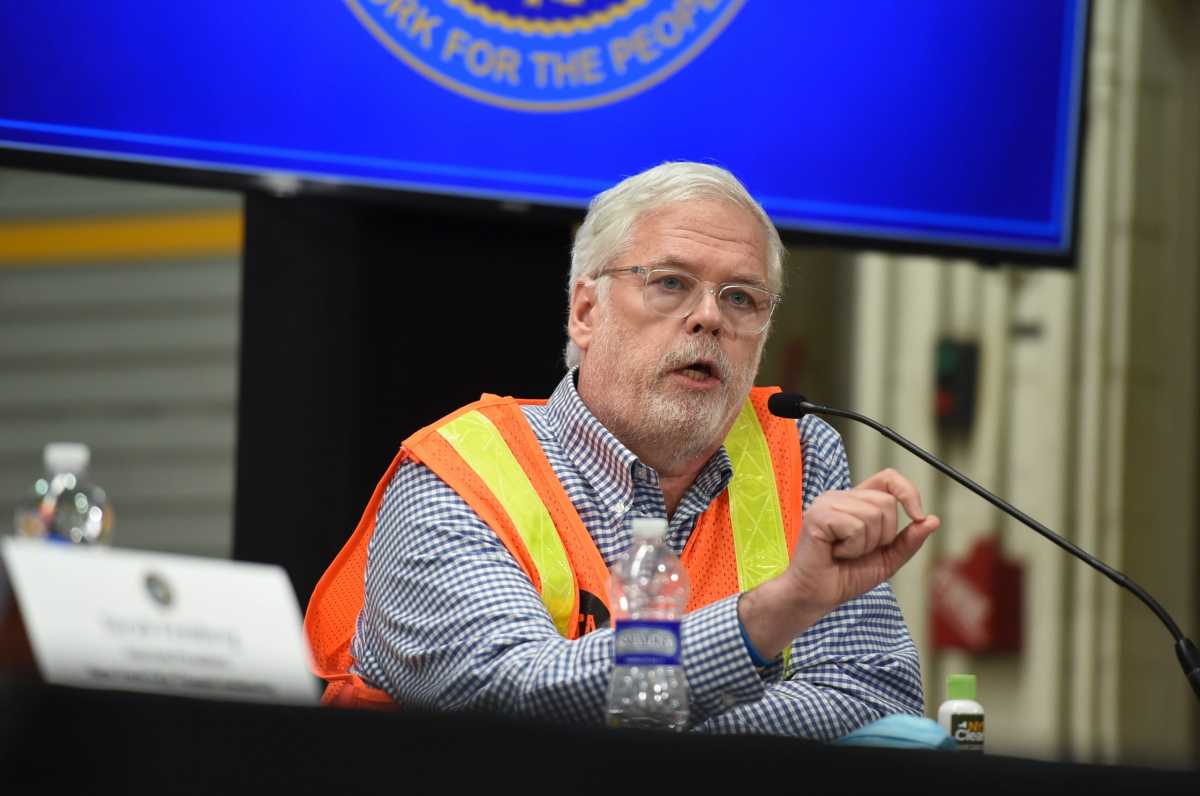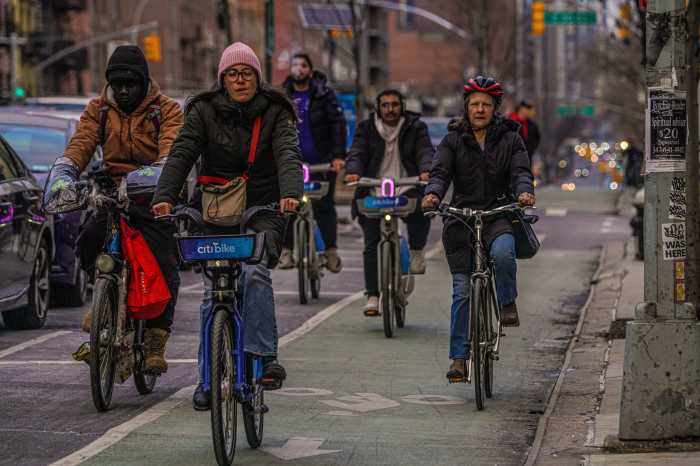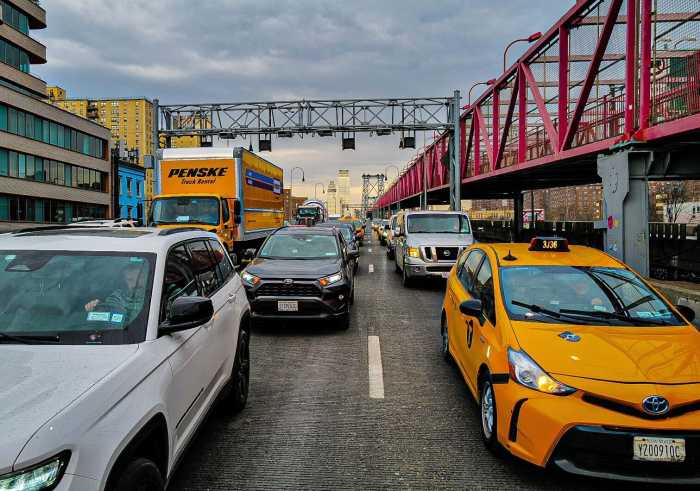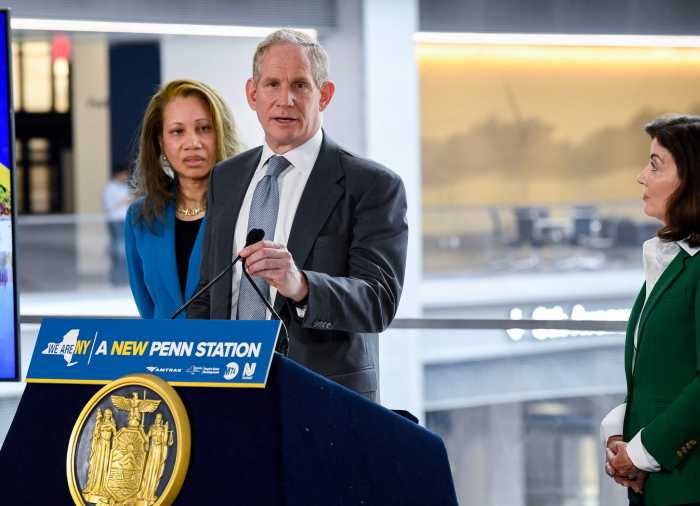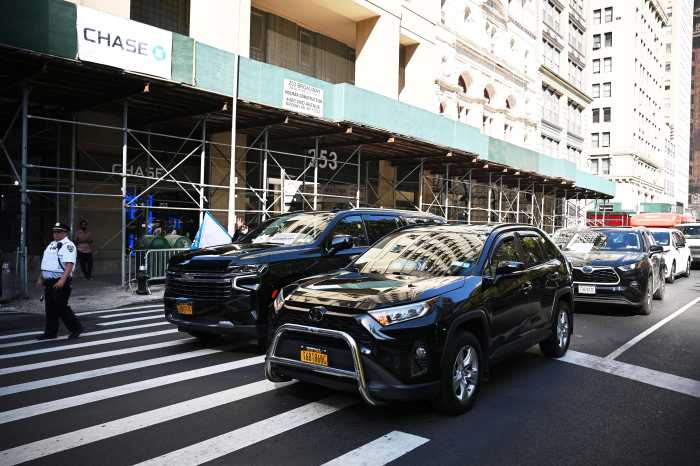BY PATRICK J. FOYE
Since the COVID-19 pandemic began, I’ve discussed in this column the sheer magnitude of the financial catastrophe facing the MTA. I assure you, it’s not hyperbole: our organization is literally running out of cash, and as the agency that keeps New York moving, it’s important that New Yorkers know what we’re up against.
This Wednesday, we’re holding a special board meeting to discuss the dire consequences we are facing without federal relief and the incredibly difficult actions we may have to take to address them. It won’t be easy and it won’t be pretty.
We need $12 billion in federal funding to get us through 2021. And our projections forecast an aggregate $16 billion deficit through 2024. The emergency aid the MTA received under the CARES Act back in March was completely exhausted last month.
While the House has consistently recognized the importance of mass transit to this country and supported funding for public transit in its HEROES Act, the Senate Republican majority continues to shamefully and willfully ignore our needs.
In short, our prospects for federal intervention this year are not looking good, despite the steadfast backing of our partners in the New York delegation, particularly Senate Minority Leader Chuck Schumer and House Appropriations Chair Nita Lowey.
As you know, without federal relief, we face hard choices and none of them are good.
By law, we are required to balance our budget, and cannot declare bankruptcy while our bonds are outstanding. As Governor Cuomo has said, unlike Washington, we cannot just print money to paper over our financial problems. And we can’t expect more money from the state and city because they are facing equally hard times.
That means our options without federal help continue to be reductions in service and workforce, fare and toll increases beyond what’s already scheduled, cuts to our historic Capital Program, and deficit financing— all of which would be devastating to the MTA.
Gutting the Capital Program, which is already on pause, would perpetuate a cycle of disinvestment that has for decades deprived our riders of the modern transportation system they need and deserve. But without significant federal assistance, it’s impossible to deliver on any of the items we’ve committed to, large or small.
We haven’t made any decisions yet on what might be cut, but everything is on the table: critical upgrades to our outdated signal system on six subway lines, work to make dozens of stations accessible, new rolling stock, and mega projects like Penn Station Access and Second Avenue Subway Phase 2.
We’re already tightening our belt wherever we can, but as I’ve warned repeatedly, we can’t just cut our way out of this crisis. At the same time, deficit borrowing is a last resort that will get us money to keep the lights on but saddle us with decades worth of debt that would otherwise go toward operations and state of good repair projects.
And we’ve already seen our credit rating downgraded by different agencies, which makes borrowing either harder or more expensive.
Last week, we sold $451 million in notes to the Federal Reserve after Wall Street banks bid higher rates because of their concern about our financial state. The MTA is only the second entity to use the Fed’s $500 billion municipal lending facility program for states and cities, following the state of Illinois.
In case it’s not clear, this is not a good list to be on.
It’s hard to imagine that just six short months ago we were doing better than we had in years. Performance across the system was on the upswing and public trust in our service was starting to increase. If we’re ever going to get back to that point, we need a miracle that only Congress can deliver. And we need it now.
Pat Foye is chair and CEO of the MTA.



